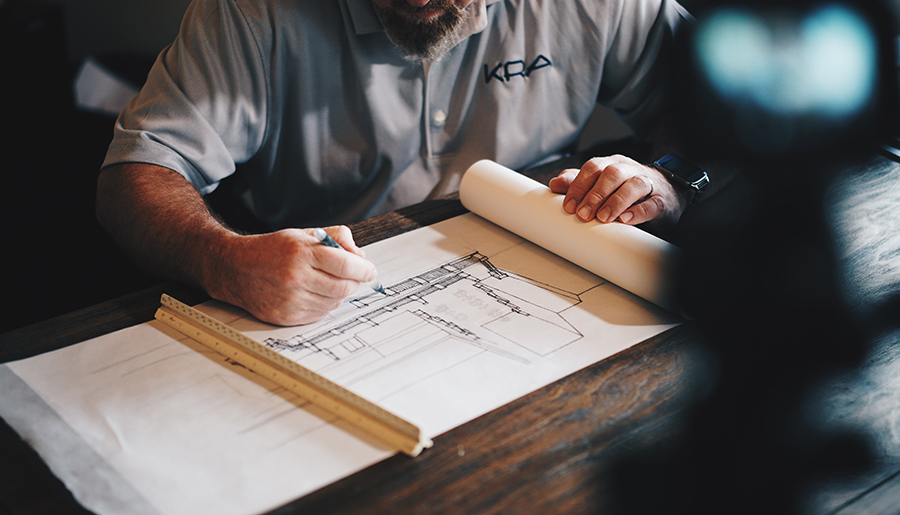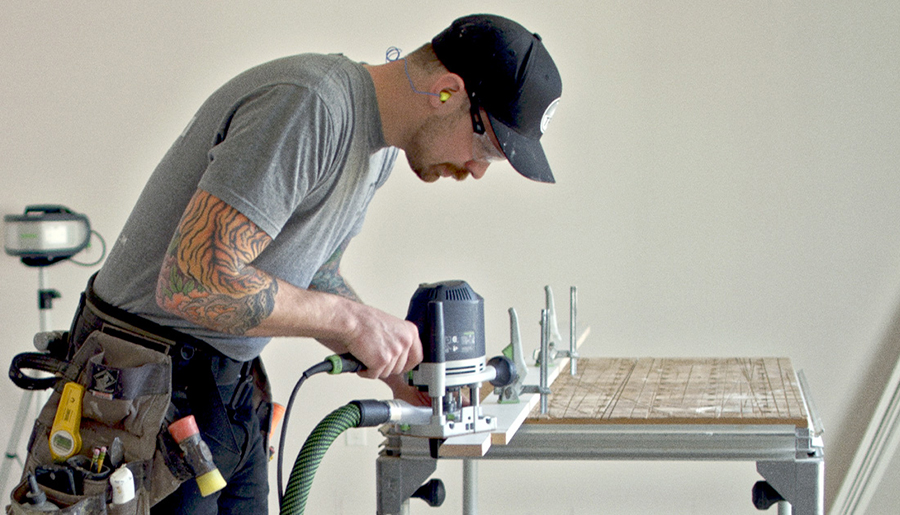It is an investment to switch your company to BIM technologies, but there are many benefits that will make the effort worth it.
Are you on the fence about BIM? Deciding whether or not it is finally time to adapt your workflow and orient your company to using BIM software is a big decision. There is no doubt that there will be some financial cost and training involved in switching, so understanding the longer-term benefits could help you take the plunge, knowing that your investment will have lasting advantages.
What is BIM?
Just in case you’ve had your head buried in the sand for the last couple decades—or in the 2D plans—let’s review what BIM is. Building information modeling (BIM) is a digital representation of a physical structure, used from the design stage all the way through to demolition, and at every stage in between. For those in the construction industry, BIM means designing with real modeling that can include all the specs, and a more efficient construction process where all the players have complete information at their fingertips.
Better collaboration
Manufacturers provide much of the information that is automatically integrated into plans, putting all the details in one place so everyone can see them. For example, a window or door file will include dimensions, U-value, solar heat gain coefficient, impact resistance, and performance grade. “The file consolidates information that used to be spread around multiple documents,” says Jennifer Pope, JELD-WEN’s ADM manager. “It’s a one-stop shop for that information.”
In this system, the construction documents become an electronic interface. Clicking on any part will bring up its specs, and adjusting the size will automatically update the plan and the material orders. Plus, all members of the team, including subcontractors, building owners, architects, engineers, and construction supervisors, can access the data and spit out engineering specs, schedules, cost estimates, and more from one updated source.
Modernize your workflow
“It’s important to understand that BIM is not just technology. It’s a new way of doing business enabled by technology,” says Clark Ellis of Continuum Advisory Group.
Implementing BIM software can change all the processes in your company. Billings, Montana builder Brad McCall stretched implementation over a few years, making it part of an ongoing improvement plan that included lean construction and a move from stick framing to wall panels. McCall’s company, which builds about 90 homes per year, reports that BIM was a major enabler of those efforts, with the first benefits including better estimates and reduced waste.
But be prepared to invest the time in transitioning. “This is not for the faint of heart,” says McCall. “If you don’t want a challenge, BIM won’t be for you.”
Mistakes caught earlier
The modeling element of BIM means that many mistakes can be caught in the design stage. The framing can be rendered in 3D and various elements color coded, so the designer can easily see that a duct will run into a large beam and then fix the problem before work starts. This reduces variances. “[With 2D blueprints] you depend on workers to fix problems in the field,” says Scott Reichensperger of MiTek, “and those problems will likely be solved differently on each lot.”
That can have unpredictable effects on budget and schedule. But even if the mistake is caught later on, BIM can be a huge help in identifying where the problem is, and who is responsible for it, and strategizing how to fix it.
Recruit young talent
It’s no secret that getting and keeping talented workers is a challenge in the building industry. BIM gives architecture firms, as well as builders with internal architecture departments, a recruiting edge. “Young architecture graduates don’t want to work in 2D,” says Ellis. “They see that as career suicide.” The same goes for recruiting young people for estimating, construction management, and sales jobs.
Weighing the benefits
Logan Homes, which builds 250 homes per year in the Wilmington, North Carolina area, spent two years switching to BIM. “It affected every department and took a lot of work to get everyone on board,” says company president D Logan. The results were worth it, with the reduction in variances alone quickly recouping the cost.
If you have not yet taken the BIM plunge, you may have your reasons. But as time goes by, the software gets better, and it is getting easier to make the transition. If you plan on hiring younger workers to your team, they may have the training to help you with implementation. Soon enough, you may be left in the dust if you don’t get on the BIM bandwagon, and remembering the gains you will see in the future can make the effort feel more worthwhile in the present.



